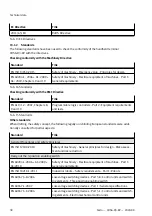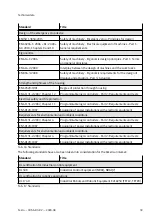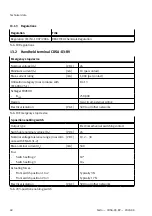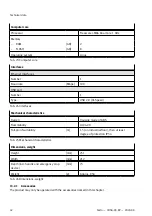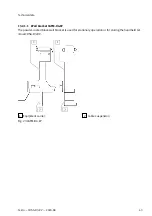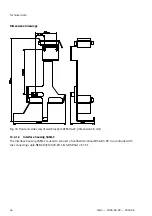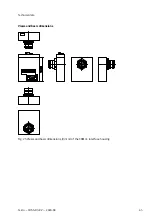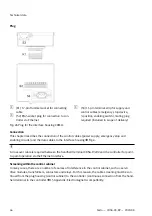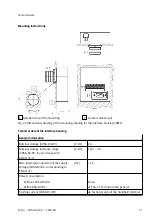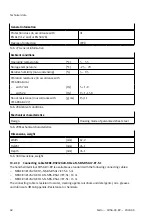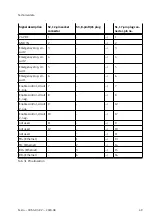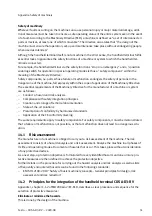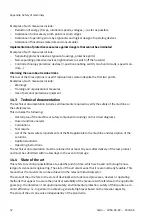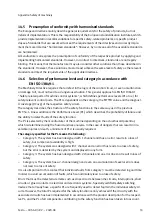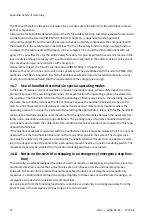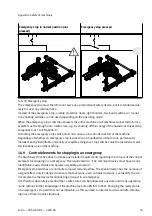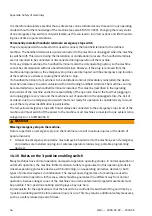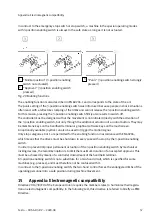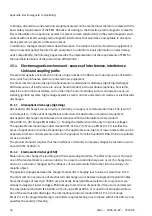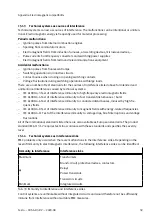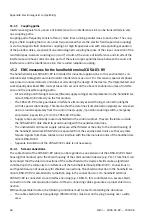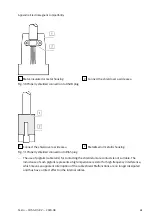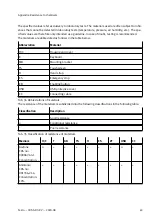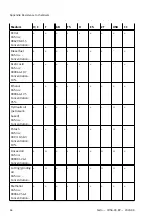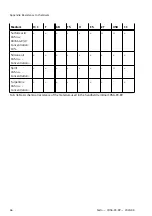
Examples of such measures include:
–
Reduction of energy (forces, rotational speeds, voltages,…) as far as possible
–
Avoidance of unnecessary pinch points or sharp edges
–
Avoidance of operating errors by ergonomic and logical design of operating devices
–
Avoidance of hazardous materials and consumables
Implementation of protective measures against dangers that cannot be eliminated
Examples of such measures include:
–
Separating protective devices (guards, housings, protective grids)
–
Non-separating protective devices (light barriers to switch off the hazards)
–
Control technology protective devices (3-position enabling switch, two-hand circuits, speed mon-
itors,…)
Informing the user about residual risks
This last of the three options is used if residual risks remain despite the first two points.
Examples of such measures include:
–
Warnings
–
Training and organisational measures
–
Use of personal protective equipment
14.3
Technical documentation
The technical documentation includes all documents required to verify the safety of the machine or
the safety device.
This includes the following:
–
Overall plan of the machine or safety component including control circuit diagrams
–
Hazard and risk analysis
–
Calculations
–
Test results
–
List of the basic safety requirements of the MD applicable to the machine and description of the
solutions
–
Applied standards
–
Operating instructions
The technical documentation must be retained for at least 10 years after delivery of the last product
and must be submitted within a few days in the event of damage
14.4
State of the art
This refers to technical possibilities at a specific point in time, which are based on thorough know-
ledge of science and engineering. The state of the art also means that it is economically feasible. This
means that the most items can be achieved in the relevant industrial sector.
The state of the art refers to the state of development of advanced processes, devices or operating
methods that appear to assure the practical suitability of the measure with reference to the applicable
goals (e.g. the objective of occupational safety, environmental protection, safety of third parties, eco-
nomic efficiency: i.e. in general to achieve a generally high level based on the relevant aspects).
The state of the art can evolve independently of the standards.
Appendix: Safety of machinery
52
Festo — CDSA-D3-RV — 2020-08

